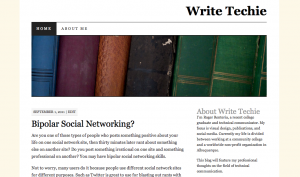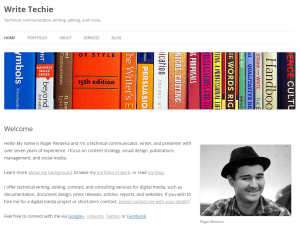What does writing for the web mean? Do we write in a way that is simple for anyone to understand? I keep going back to my technical communication college days and wonder what it means to write and I go back to my first technical writing job that I had which I was introduced to Plain Language writing style.
What I learned from understanding Plain Language: write stupidly simple. Why? The internet is not entirely a formal place for communication and most of the time its to share information.
Nowadays, I think that effective communication should be simple, easy, short, and to the point. Does that mean I’m lazy? Can I use complex language to transfer my knowledge to someone else or can I use simple words to get my point across? You be the judge of that last sentence.
Even during WWII, Winston Churchill wrote a memo which asked for simpler language when communicating within his team. He wanted short and crisp messages, include headers, and remove “wolly” phrases because he felt it was merely padding. Why? He didn’t want his staff to waste time reading long reports when there is a war going on.
Getting back to web writing: there is a lot of stuff written out there for anything. As a technical writer, how can we simplify what we write? Rewrite a sentence? Make it easier to understand? Can we save someone’s reading time?
My job these days is to convince stakeholders that easier and simpler content will make their jobs easier and their customers fully figure out a process without stopping in the office or making a phone call. [Edit–I had an entire paragraph written before writing this next one] Basically I help remove complexity, make stakeholders happy, and customers happy.
Drilling down to my point: make your job easier to make your reader’s job easier with clear content.
My recommendation is check out Marcia Riefer Johnston’s books, Word Up! and You Can Say That Again. These books are great resources to improve your writing skills. 🙂




